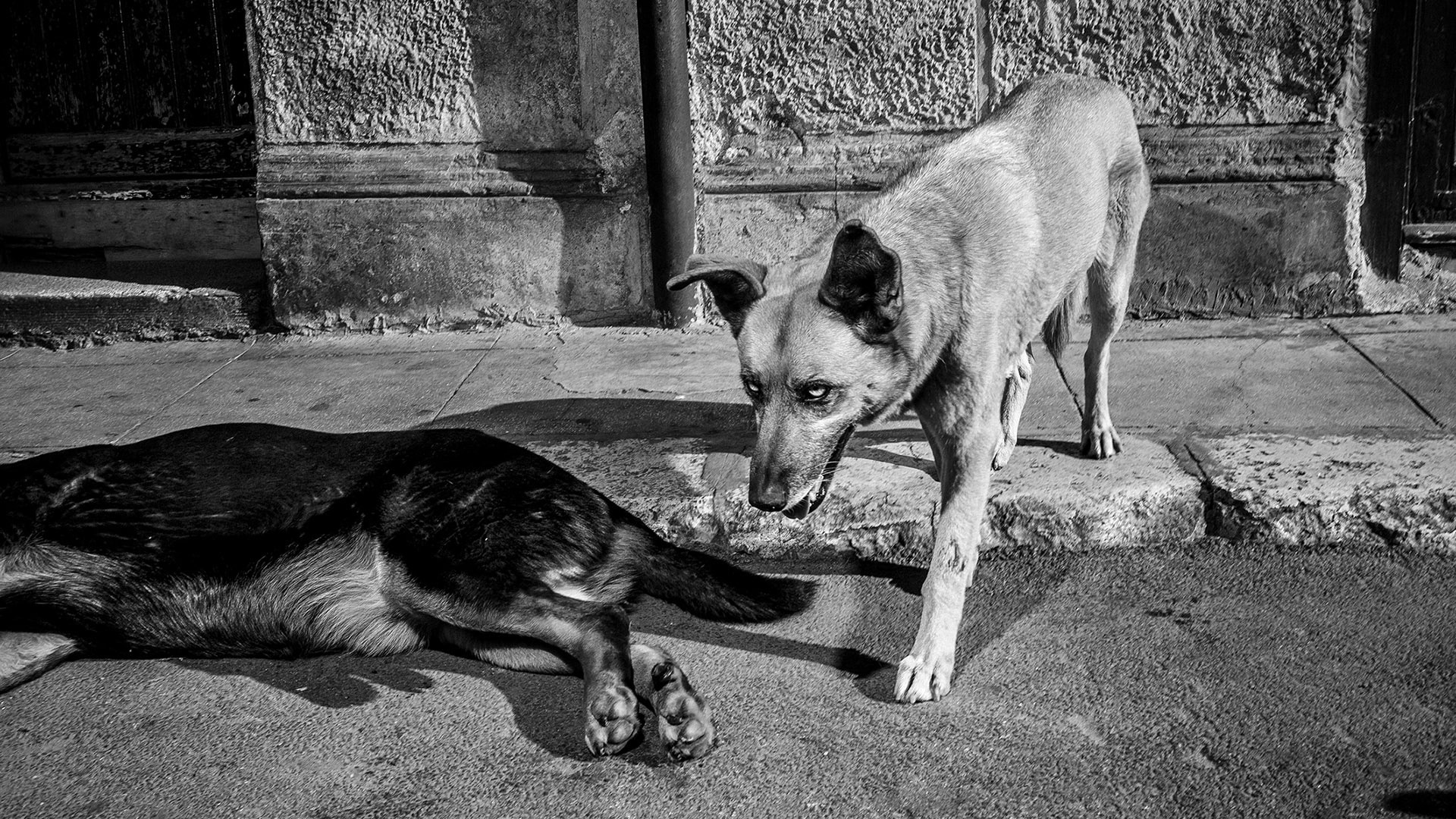In December 2019, Bruce Gilden frequented one of Palermo’s most typical markets, Ballarò, for about a week. Attracted by the genuine rough faces of its vendors and buyers he spent hours strolling its narrow streets.

You’re getting blind.
Don’t miss the best of visual arts. Subscribe for $9 per month or $108 $90 per year.
Already suscribed ?



